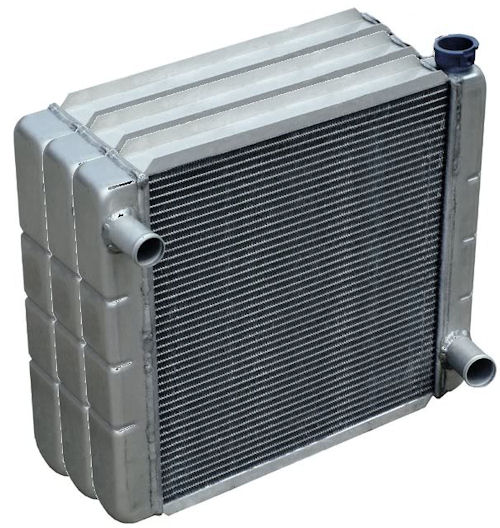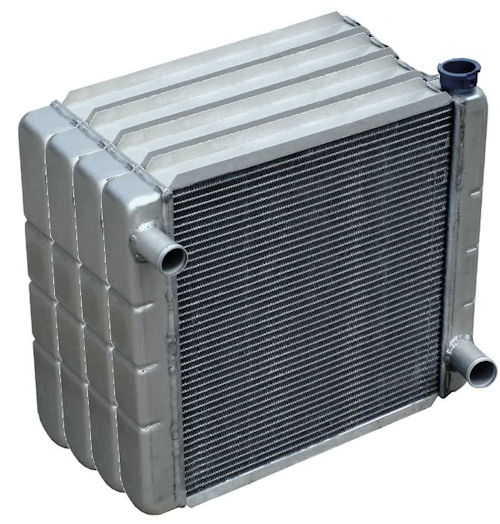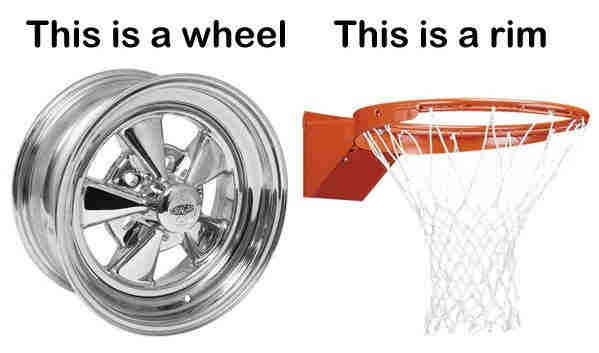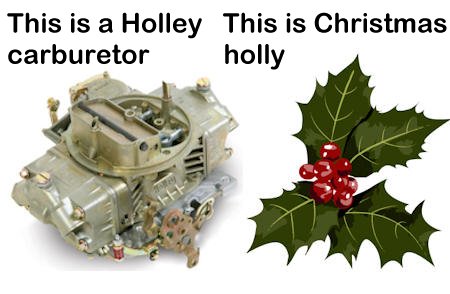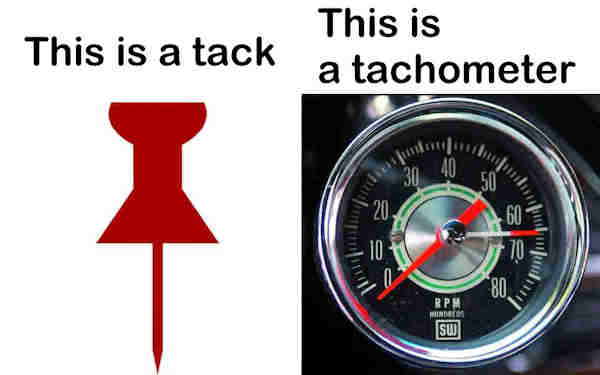Frequently Asked QuestionsDispelling Myths, Incorrect Terminology, & Manufacturer's Names |
ChevyWorld.net
|
|
If you have any trivia or questions you've been asked about your favorite model Chevrolet covered here, or think others might be interested in, please contact me via the Contact link and be specific about the model the question pertains to and I'll post it.
>> How many Chevrolets were built with a particular option?
>> Camaro
>> Chevelle
>> El Camino
>> Corvette
>> Impala SS
>> Miscellaneous Engine Information
>> Can I rebody a car? Specifically can I take the VIN plate from one car and attach it to another car?
>> How can I trace my car's history to find previous owners?
>> Where can I get my car's build sheet?
How Many (pick a year) Chevelles Were Equipped With Bucket Seats
Believe it or not there are still people out there that think bucket seats were part of the SS396 or SS/SS396/SS454-optioned Chevelles without bucket seats are fake cars. For purposes of this discussion only 1964 through 1972 Chevelles are the point of this lesson. Bucket seats were part of both the 1964 and 1965 Malibu SS series Chevelles. Beginning with the 1966 model year bucket seats were ALWAYS an option, and bucket seats were an option in ALL Malibu series sport coupes, convertibles, and sedan pickups (El Camino) as well as ALL SS396 sport coupes, convertibles, and sedan pickups (1968). From 1966 through 1972 a bench seat was standard fare in ALL Malibu series sport coupes, convertibles, and sedan pickups (El Camino) as well as ALL SS396 sport coupes, convertibles, and sedan pickups (1968).
Because the SS396 option was also available, for the 1969 model year only, with both the V8 300 Deluxe coupe (13427 series) and the V8 300 Deluxe sport coupe (13437) series, these two could NOT be ordered with bucket seats as the 300 Deluxe series itself was limited to three colors of cloth/vinyl seats (black, green, and blue). The SS396 option for this year only gave no special exception to the 300 Deluxe series Chevelles as far as seating (or flooring materials) options.
I have done a breakdown of bucket seat vs. bench seat Malibu and SS396 series Chevelles on this linked page. The "Calculated % Of Bucket Seats" figures are calculated, even distribution numbers based on the percentage, NOT factual production numbers and here is how it was done. - First one must know the total number of possible series/models that could have ordered RPO A51, bucket seats. This number for each year is shown as the "Total Possible." - Second one must take the number of each series/body style and calculate its percentage of the whole for that year. - Third one must take the percentage of the whole times the total number of bucket seat options sold that year. - The result is a calculated distribution of bucket seats sold for a given series/model.
Research is ongoing for Nova, Camaro, and full-size Chevrolet breakdowns. * Nova does not show A51 until the 1968 model year.
Prior to 1968 bucket seats are only shown by their
interior trim code and I have not found a breakdown
number of those interior codes.
Common Misused Terms
Ok, I may be anal here but so be it.
>> 3- and/or 4-core radiator - There is no such
thing in Chevrolets. All radiators have one (1) core. They
have multiple rows (typically 2, 3, or 4) for coolant but
they only have one core. A 3-core or 4-core radiator would
look like these:
>> Wheel vs. Rim - Cars have wheels, basketball
courts have rims.
>> Holley builds fuel delivery systems, among other automotive items, holly is used for Christmas decoration.
>> A tack is a small, sharp nail, a tachometer (or tach) measures engine RPMs.
Manufacturer's Names
>> They are spelled...
Compression & Gear Ratios
I suppose a lot of people either were not paying attention in math class in grade school on how to express a ratio or simply don't care. "I'll write it, you figure out what I mean." A ratio is simply the relation between two amounts showing the number of times one value is contained within the other. People often get a compression ratio, such as 10.25:1 correct but will then write a gear ratio as something like 3:31.
A compression ratio (such as 10.25:1) simply means that when the piston is at the bottom of its stroke the volume of the cylinder is 10.25 units of measurement; when it is at the top of the stroke the volume is 1 unit.
A rear end gear ratio represents the number of revolutions of the pinion gear to the ring gear (or driveshaft revolutions to rear wheel revolutions). Simply put, with a vehicle in 'high' gear where the engine RPM is matched 1 to 1 with the driveshaft, the rear end gear ratio determines the rear wheel speed. A 3.31:1 (3 dot 31 to 1) ratio means for every 3.31 revolutions the engine is turning the wheels make 1 revolution. Many people incorrect write this ratio as 3:31. This would represent for ever 3 RPMs the engine is spinning, the rear wheels would be spinning 31 times. Another way to look at it - a crusing RPM or 60 mph or, say, 2500 engine RPM, a 3:31 would mean the rear wheels are turning 25,833 RPM (2500/3 x 31). The correct ratio (3.31:1) would have the rear wheels turning only 755 RPM (2500/3.31 x 1).
See here for more detailed explanation
|
CDs/Coins/Gifts/Stickers
See more ChevelleCD Chevy-related products here ↓
Mac's Registries
See more about Chevrolet/Camaro/Monte Carlo/Nova/HHR/SSR/Acadian/Beaumont registries here ↓
Chevrolet Clubs |
|
|
|

